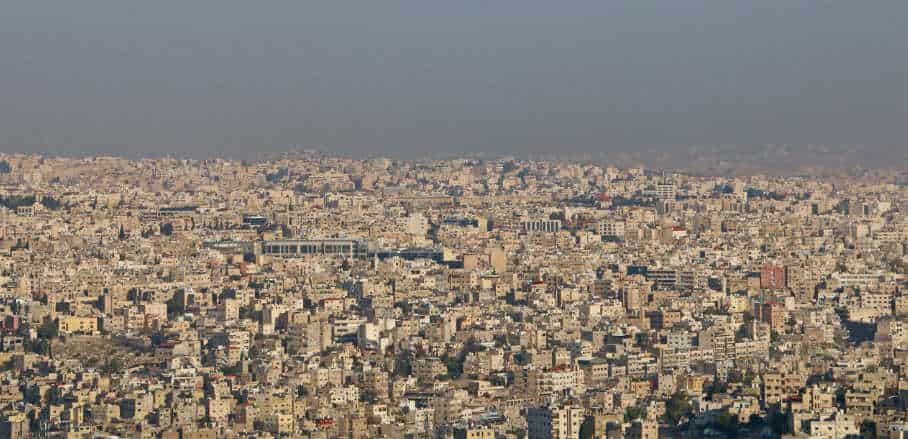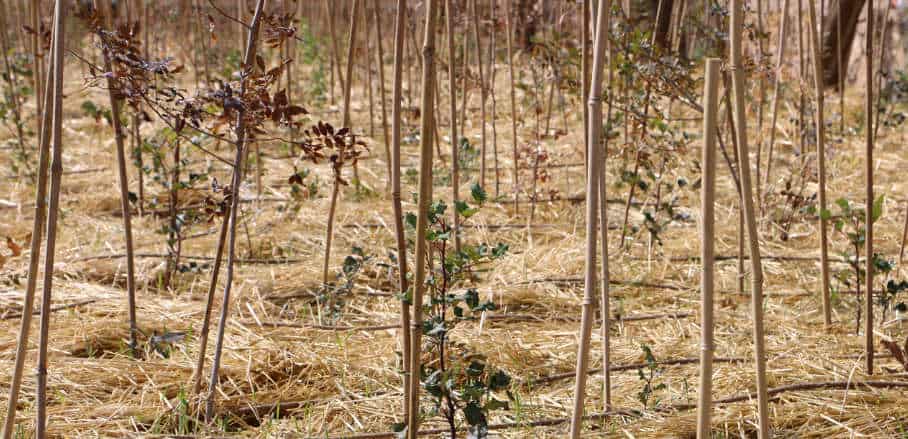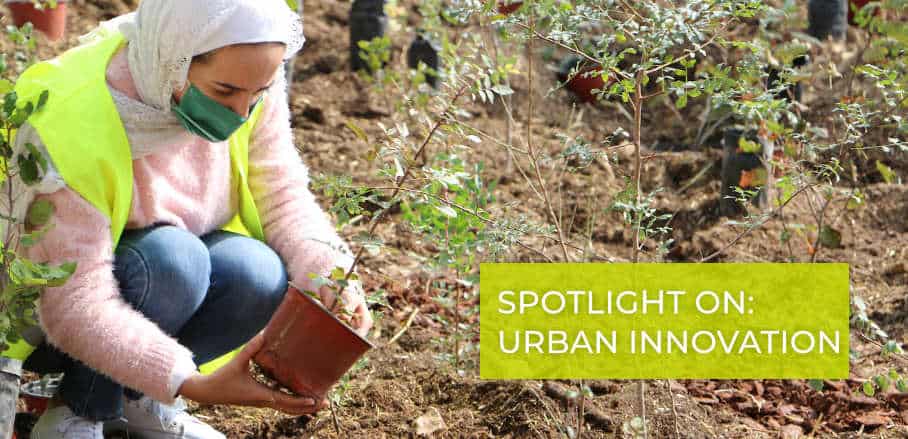Urban Micro-Lungs: Mini-Forests for Climate, Biodiversity & Wellbeing
Cities have become the main culprit behind environmental degradation. Yet, what if urbanisation was a restorative act of the land, no longer synonymous with ecosystem destruction? Deema Assaf highlights how mini-forests have taken root in urban areas, with the potential of rejuvenating local ecology at an unprecedented speed.
Despite accounting for less than 2 per cent of the Earth’s surface, urban landscapes are the biggest contributors to climate change, biodiversity loss, and health problems. According to UN-Habitat, cities produce about 70 per cent of greenhouse gas emissions and consume 80 per cent of the world’s energy. Urban growth is causing fragmentation and destruction of high-biodiversity habitats – and ambient air pollution accounts for an estimated 4.2 million deaths per year as revealed by the World Health Organisation.
Yet, what if our neighbourhoods, streets and public spaces were resilient, generous, and regenerative habitats for all life forms? What if our gardens and parks were havens of untouched nature, clean air and wild fruits instead of a cosmetic afterthought?
While the possibility of restoring urban nature in inner cities and densely populated areas seems to be doubtful, mini-forests are now springing up in many cities around the world including Tokyo, New Delhi, and Paris. Citizens, communities, developers, and city leaders are creating these forests in parks, schools, industrial areas, alongside roads, in parking lots, and private home gardens! Using a unique Japanese method for forest creation, known as the Miyawaki method, cities can now become home to thousands of these small forests using public space, private land, and even urban leftovers to restore native biodiversity and human health.

The dense urban terrain of East Amman © Deema Assaf
The Miyawaki Method
Developed by renowned Japanese botanist Akira Miyawaki, the method creates ultra-dense, highly biodiverse, multi-layered native forests that are 30 times denser and which grow ten times faster than conventional plantation. The process starts with soil engineering and is based on dense planting of carefully selected primary and secondary species, accelerating the establishment of self-sustaining, maintenance-free native forests – almost anywhere.
With limited urban space, fast-paced development, and increased pollution, the Miyawaki method offers effective environmental solutions that are urgently needed; multiplying the social, economic, and environmental benefits of urban green in a fraction of time, and triggering the remedial process of soil, air, water, climate, and whole ecosystems.
Urban Micro-Lungs Project
With densely populated neighbourhoods, overburdened infrastructure, and little to no access to public and green spaces, two areas in East Amman were identified to pilot the Urban Micro-Lungs Project, a green infrastructure intervention initiated by GIZ’s “Improving Living Conditions in disadvantaged areas in Amman (ILCA)” project.
Aiming to improve the wellbeing of inhabitants and promote climate resilience and urban justice, the project adopts the Miyawaki method to transform two urban leftover spaces into lush forests of rich native biodiversity. Each of the selected sites has an area of only 100 to 250 square metres that is now activated as a living green tissue amidst the dead concrete jungle. The selected sites act as acupuncture interventions that trigger the restoration of essential ecosystem functions in their localities. As the dense native forests grow, they help reduce pollution, enhance flood resilience, regulate microclimate, save energy, improve air quality, regenerate dead soil, sequester carbon, support biodiversity, and improve people’s health and wellbeing.

East Amman Mini-Forest © Deema Assaf
Through adopting the Miyawaki method, the project also attempts to enhance greening strategies in the city of Amman. Based on the strong partnerships established with Greater Amman Municipality and the Ministry of Environment, and the implementation approach developed by ILCA, the Urban Micro-Lungs project provides a series of workshops and training sessions to build capacities of municipal staff and integrate the Miyawaki method in urban landscape design across the city. The project explores how authentic native wilderness can replace manicured artificial landscapes in dense urban settings. It calls for mainstreaming native species and creating maintenance-free mini-forests that optimise the use of limited water resources in the world’s second water-poorest country.
Yet this project is not solely about physical intervention. It revolves around the community living and working around the forest sites and attempts to establish a sense of ownership and responsibility towards the new-born public space. While it is very challenging, real solid transformation takes time. A series of community activation sessions have been arranged to raise awareness about the environmental benefits of green infrastructure. Community members and youth initiatives have also participated in the planting of native trees and shrubs, including men, women, children and elderly residents.
To develop long-term engagement, the project also includes a junior rangers program involving youngsters in forest observation and growth monitoring for the first two years of establishment. As a learning opportunity, this program opens a window for children to know the native plants of their land, add their names to their vocabulary, and their forms and scents to their memory – gradually building local knowledge and long-lasting connections.
- Urban Micro-Lungs: Mini-Forests for Climate, Biodiversity & Wellbeing - 22. December 2020
